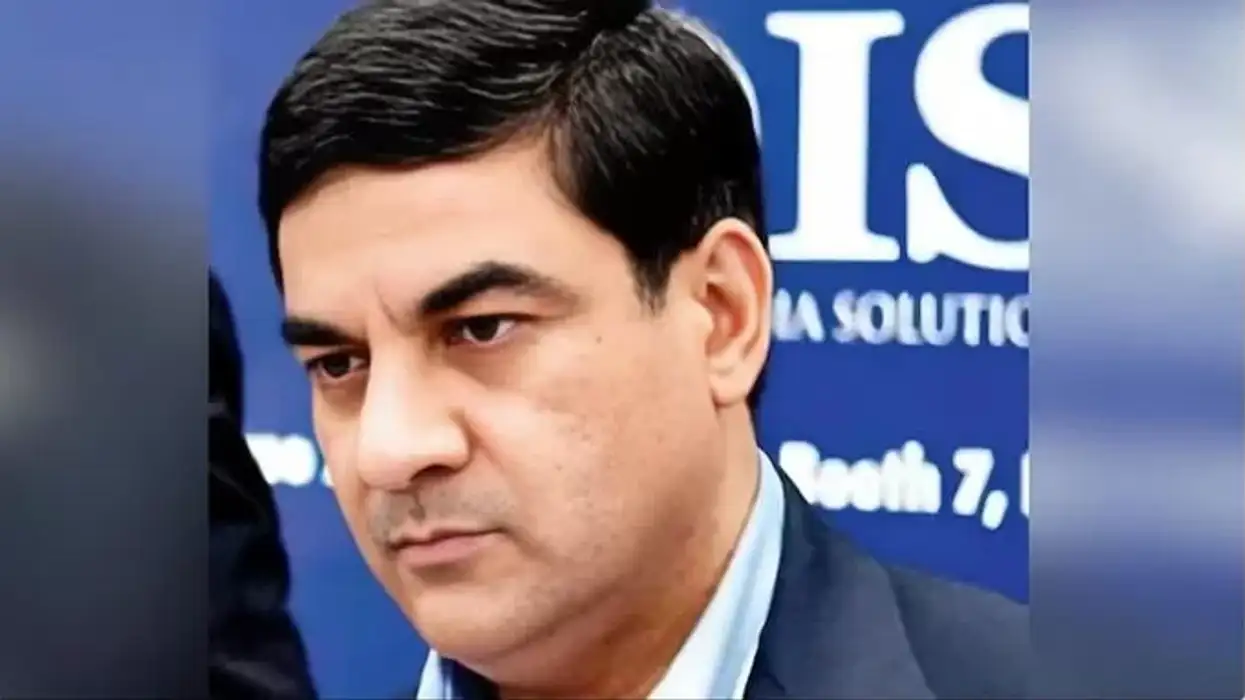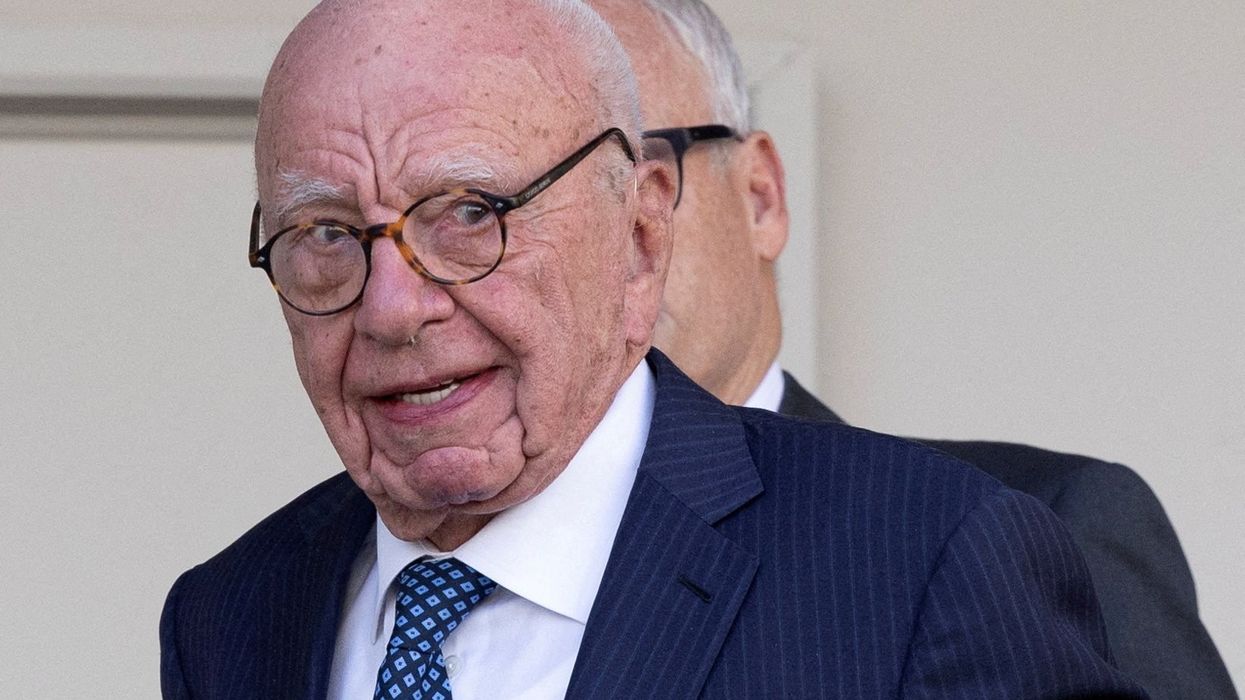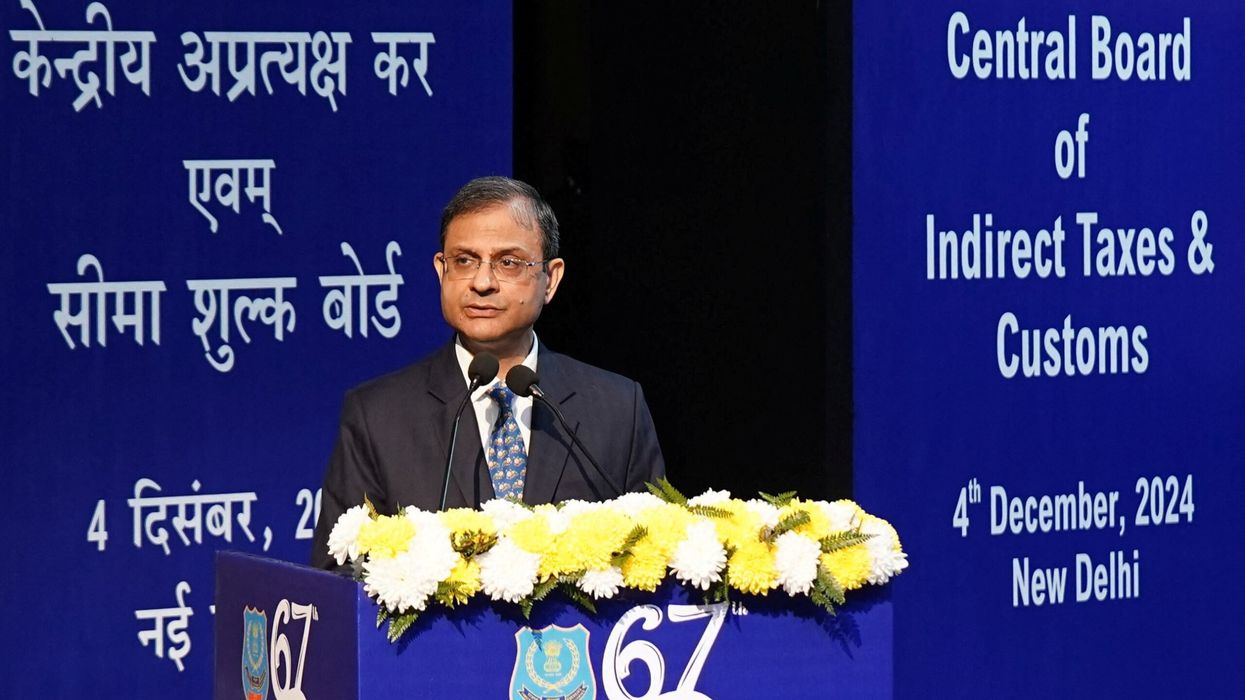Solar batteries are devices that allow the energy produced by solar panels to be accumulated. In this article we explain when they are necessary and what factors you should take into account if you are thinking of acquiring them.
What are solar batteries?
Batteries for solar panels allow the electrical energy produced by solar panels to be stored. The purpose of photovoltaic accumulators is to be able to use energy at any time of the day, mainly when photovoltaic installations are not in operation (for example, at night).
Installing solar batteries allows you to completely disconnect from the electricity grid. Therefore, this photovoltaic component is essential in isolated photovoltaic installations. In this way, all the energy consumed will be completely free and renewable.
How do photovoltaic batteries work?
The operation of photovoltaic batteries is based on a process of reduction - oxidation. Solar accumulators are made up of a positive and a negative pole, as well as electrolytes that are what allow the flow of electric current to the outside of the battery. Thanks to this, the electricity generated in times of low demand can be stored to supply it when needed.
The ability to accumulate energy and generate electrical current is determined by the following parameters:
- Loading / unloading speed: measures the speed with which the accumulator fills and empties. The more discharge cycles, the shorter the battery life.
- Charge depth: measures the amount of electrical energy that can be introduced into the solar battery in each charge. The deeper it is, the shorter the battery life will be. For this reason, it is advisable not to download them more than 50%.
What types of solar batteries are there?
There are multiple types of solar batteries that are classified according to manufacturing technology, among them, we distinguish:
- AGM solar batteries: indicated for small installations (for example, self-consumption in motorhomes) and do not require maintenance. They are very versatile and although they undergo deep discharge cycles, they perform very well and can be recharged. AGM batteries have a useful life of between 5 and 10 years.
- Monoblock photovoltaic batteries: they are usually used in isolated installations with low consumption or sporadic use (such as lighting). Its useful life is approximately between 4 and 5 years.
- Lithium battery for solar panels: light, compact and with fast charging times. This type of accumulators can be used in any installation and do not require any maintenance. In addition, they do not emit any type of polluting gases, so they are very sustainable. As a disadvantage, it is the accumulator that has a higher price.
12V solar batteries are the best batteries to e installed for residential solar system indicated for monthly consumption less than 100 kWh and powers of 1 kW. In these cases, it is advisable to use Lithium Ion batteries as they are designed for residential solar where consumption is occasional and low (for example, country houses).
Now comes the Price
Well solar batteries are one of the expensive components in a photovoltaic system. But their functionalities benefits to the user justify solar battery price. If you want to buy the batteries from the best manufacturer in India then you must contact the Loom Solar for their top notch services. Being the fastest growing solar company, they provide the best products at cheap price.











